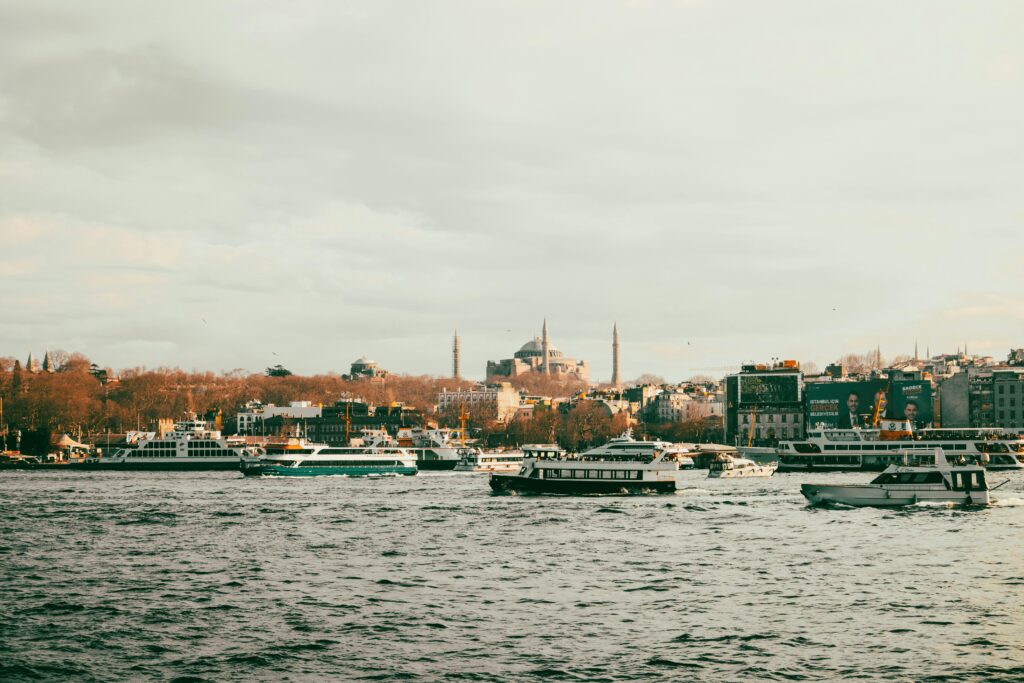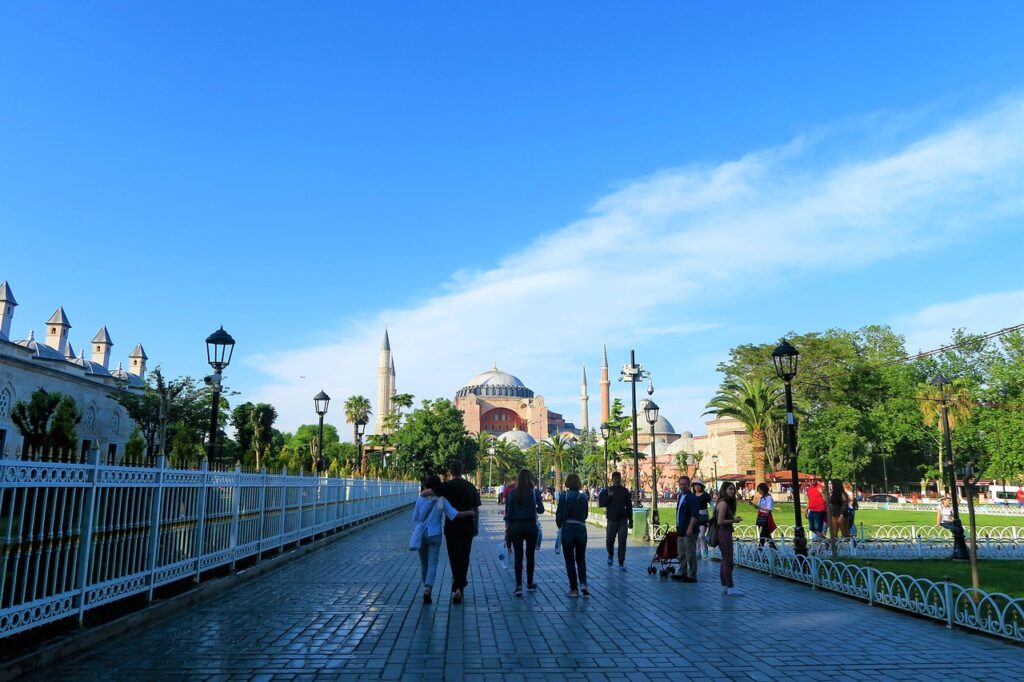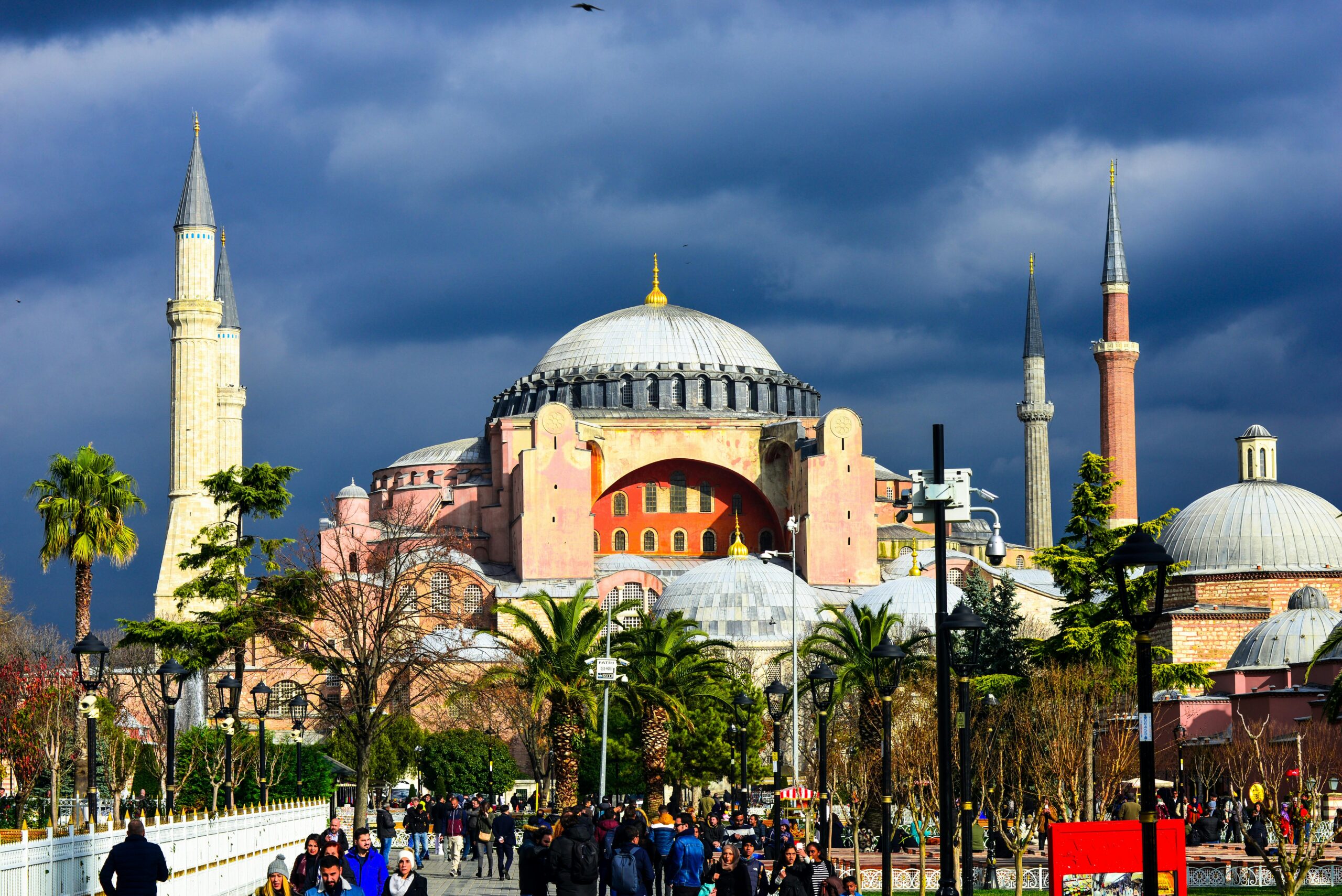The world’s architectural treasure, Hagia Sophia, is undergoing a transformative renovation aimed at safeguarding its iconic domes against potential earthquake damage. This landmark, which has withstood centuries of natural disasters and human upheaval, now benefits from state-of-the-art engineering improvements designed to preserve its historical grandeur while ensuring its future resilience.

A Landmark in the Crosshairs of Time and Nature
Hagia Sophia, an enduring symbol of both Byzantine and Ottoman ingenuity, is renowned for its distinctive domed roof. Constructed over 1,500 years ago, this monument has withstood numerous earthquakes, fires, and the relentless march of time. However, situated in a region prone to seismic activity, the structure faces ongoing threats that could compromise its delicate balance of historical authenticity and modern safety.
- Historical Significance: Originally built under Emperor Justinian I in 537 AD, Hagia Sophia has served as a cathedral, a mosque, and now as a museum. Its domes, celebrated for their architectural elegance and innovative design, are a key element of its storied history.
- Seismic Vulnerability: Despite its robust construction, the cumulative effects of centuries and the potential for major earthquakes have driven engineers to develop new strategies for reinforcing the historic domes without altering their centuries-old character.
Cutting-Edge Seismic Retrofitting
The recent renovation project focuses on implementing advanced seismic retrofitting technologies to protect the domes without compromising the structure’s historical integrity.
- Structural Reinforcement: Engineers have employed a blend of modern materials such as high-performance steel and composite reinforcements that are integrated discretely into the existing framework. These materials enhance the load-bearing capacity and flexibility of the domes, allowing them to better withstand seismic forces.
- Innovative Dampening Systems: New energy-dissipating devices and base isolators have been installed to absorb shock waves during an earthquake. These systems help mitigate the impact on the structure by reducing vibrational energy, thereby minimizing stress on delicate masonry.
- Monitoring and Maintenance Technologies: State-of-the-art sensors and real-time monitoring systems have been integrated into the renovation. These sensors continuously track structural behavior during minor tremors and large quakes alike, offering critical data that informs future maintenance and preservation efforts.
The Balancing Act: Preservation Meets Progress
One of the most challenging aspects of the renovation is preserving the historical and aesthetic integrity of Hagia Sophia while introducing modern safety features.
- Conservation Philosophy: Heritage preservation experts and engineers worked collaboratively to ensure that all modifications are reversible and that original materials are respected. The goal is to enhance the building’s resilience without altering its iconic appearance.
- Cultural Sensitivity: Recognizing Hagia Sophia’s importance to both local communities and the global cultural heritage, the project has involved consultations with historians, conservationists, and local stakeholders. This collaborative approach has helped frame the renovation as a symbol of respect for the past while embracing forward-thinking engineering.
- Environmental and Ethical Considerations: In addition to seismic upgrades, sustainability measures have been incorporated to reduce the environmental impact of the renovation. Energy-efficient technologies and environmentally friendly materials are being utilized wherever possible.

Beyond the Domes: Broader Impacts and Future Prospects
The renovation of Hagia Sophia’s domes is not just a technical upgrade—it is a pivotal moment for the preservation of cultural heritage in an era defined by natural hazards and rapid change.
- Tourism and Economic Revitalization: Improved seismic safety is expected to boost tourism by reassuring visitors that this iconic site is being preserved for future generations. As one of the most visited landmarks in the world, these efforts will continue to drive cultural tourism and economic benefits for Istanbul.
- Global Collaboration: The project has garnered interest from international organizations dedicated to heritage conservation. Cross-border knowledge sharing and technical cooperation have enriched the project, setting new standards for the conservation of historic structures worldwide.
- Ongoing Research and Innovation: The success of the renovation has spurred further studies in the field of seismic retrofitting for ancient structures. Continuous research ensures that the latest advancements in engineering can be applied to safeguard not only Hagia Sophia but other vulnerable historical landmarks globally.
Frequently Asked Questions
Q: Why is Hagia Sophia being renovated now?
A: Ongoing seismic threats in the region have necessitated modern upgrades to protect its historic domes. The renovation aims to blend advanced engineering with preservation, ensuring the structure’s safety for future generations.
Q: What specific technologies are being used to reinforce the domes?
A: The renovation employs high-performance steel, composite materials, innovative dampening systems, and base isolators. Additionally, real-time sensors and monitoring devices are used to continuously assess the structural integrity during seismic events.
Q: Will these renovations change the appearance of Hagia Sophia?
A: No, the project is designed with a conservation-first approach. All modifications are made discreetly to maintain the historical and architectural integrity of the monument.
Q: How does the retrofit improve earthquake resistance?
A: The combination of structural reinforcements, energy-dissipating dampers, and real-time monitoring ensures that the domes can better absorb and dissipate seismic energy, reducing the risk of significant damage during an earthquake.
Q: Are these renovations reversible?
A: Yes, one of the core principles of the renovation is reversibility. The modifications are designed so they can be removed or updated in the future without damaging the original structure.
Q: How will this project impact tourism?
A: Enhanced safety measures are expected to reassure tourists, sustaining and potentially increasing visitation. A well-preserved and secure Hagia Sophia continues to be a vital cultural and economic asset for Istanbul.
Q: What role did international collaboration play in this project?
A: Experts from various countries contributed their knowledge and innovative techniques. This international collaboration has enriched the project and helped set global standards for the preservation of historic structures.
Q: How long is the renovation expected to last?
A: The timeline for such projects varies, but efforts are underway to complete the renovations with minimal disruption to tourism and the cultural heritage of the site.
Q: Are there plans to upgrade other parts of Hagia Sophia?
A: While the current focus is on the domes due to seismic concerns, ongoing assessments may lead to further preservation measures throughout the monument in the future.
Q: How can the public stay informed about the progress of the renovations?
A: Regular updates are being provided through official press releases from Turkish authorities and heritage organizations, as well as through various cultural heritage news outlets.

Conclusion
The renovation of the historic domes of Hagia Sophia stands as a beacon of innovation and preservation. By integrating cutting-edge seismic retrofitting techniques with a deep respect for cultural heritage, Turkish authorities and international experts are not only safeguarding a monument of global significance but also setting a new benchmark for the preservation of historic structures in earthquake-prone regions. This project is a testament to the enduring value of heritage conservation, ensuring that the legacy of Hagia Sophia endures for generations to come.
Sources APNews


